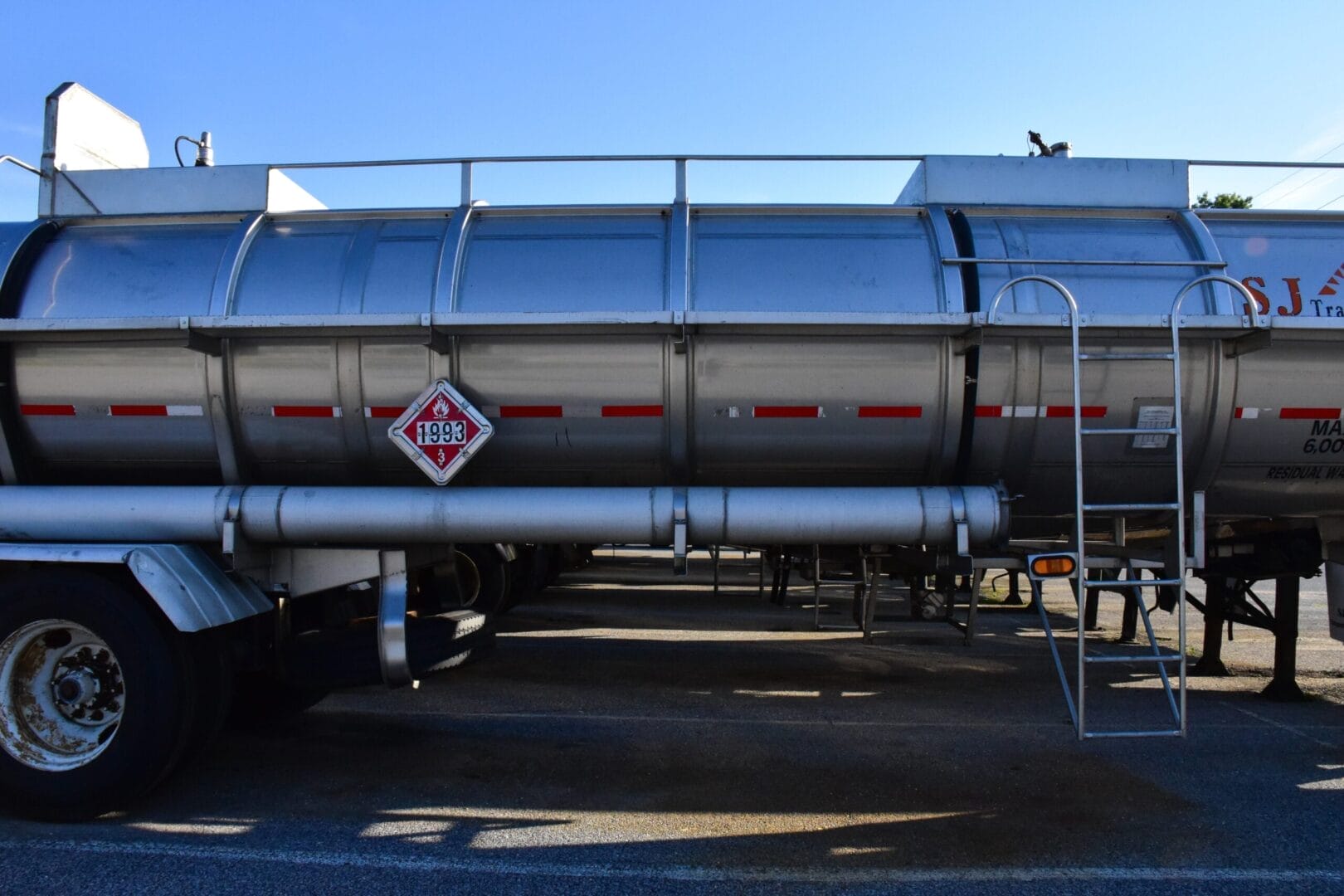Fuel is the lifeblood of our modern world, powering everything from our vehicles to the generators that ensure business continuity. However, just as with any lifeblood, the quality is critical. Impure or low-grade fuel can result in reduced performance, increased emissions, and potential damage to equipment. Thus, the importance of fuel testing cannot be overstated.
Why is Fuel Testing Important?
Fuel testing is an essential practice for verifying the quality and safety of fuel. It determines whether the fuel meets the necessary standards and specifications, ensuring it’s suitable for its intended use. In addition, regular fuel testing can help prevent potential problems such as corrosion, clogging, and engine failure, which could lead to costly repairs and downtime.
Moreover, fuel testing plays a crucial role in environmental sustainability. Ensuring the fuel’s quality can minimize harmful emissions, contributing to cleaner air and a healthier environment.
The Process of Fuel Testing
Fuel testing often involves several analyses to measure various properties and components of the fuel. Here’s a snapshot of some of the most common tests:
- Density and Viscosity: These tests measure the fuel’s mass per unit volume and its resistance to flow, respectively. Both these properties can influence the fuel’s atomization, combustion efficiency, and engine performance.
- Sulfur Content: High sulfur content in fuel can lead to sulfur oxide emissions, contributing to air pollution. Thus, measuring the sulfur content is vital for ensuring compliance with environmental regulations.
- Cetane or Octane Number: These numbers indicate the combustion quality of diesel and gasoline. Higher cetane or octane numbers mean better combustion, leading to improved engine performance and lower emissions.
- Water and Sediment Content: Excessive water or sediment in the fuel can cause engine wear and damage. These tests help identify contamination that needs to be addressed.
- Flash Point: This test determines the temperature at which the fuel can vaporize to form an ignitable mixture in air. It’s essential for safety, particularly during storage and transportation.
Fuel Testing in Practice
In most cases, fuel testing is conducted in laboratories using specialized equipment. However, technological advancements have led to the development of portable fuel testing kits. These kits offer the convenience of on-site testing, providing immediate results and enabling swift corrective action if needed.
Beyond Testing: The Role of Fuel Treatment
While fuel testing is crucial, it’s only one part of the equation. Ensuring fuel quality also involves proper storage practices and fuel treatment.
Fuel can degrade and become contaminated, especially when stored for extended periods. Regular fuel polishing – removing water, sediment, and microbial contamination from stored fuel – can help maintain its quality. Additionally, fuel additives can enhance specific fuel properties, improving their performance and longevity.
Conclusion
Understanding the nuances of fuel testing helps demystify the concept of fuel quality. It underlines the importance of regular testing and treatment for maximizing equipment performance and lifespan, meeting environmental regulations, and promoting sustainability.
As we look to the future, the significance of fuel testing is set to grow further. Maintaining fuel quality will be paramount with the emergence of new fuel types and stricter emission standards. By keeping abreast of these developments and adopting rigorous testing practices, businesses can ensure they are fueling their operations with high-quality, efficient, and sustainable energy.
